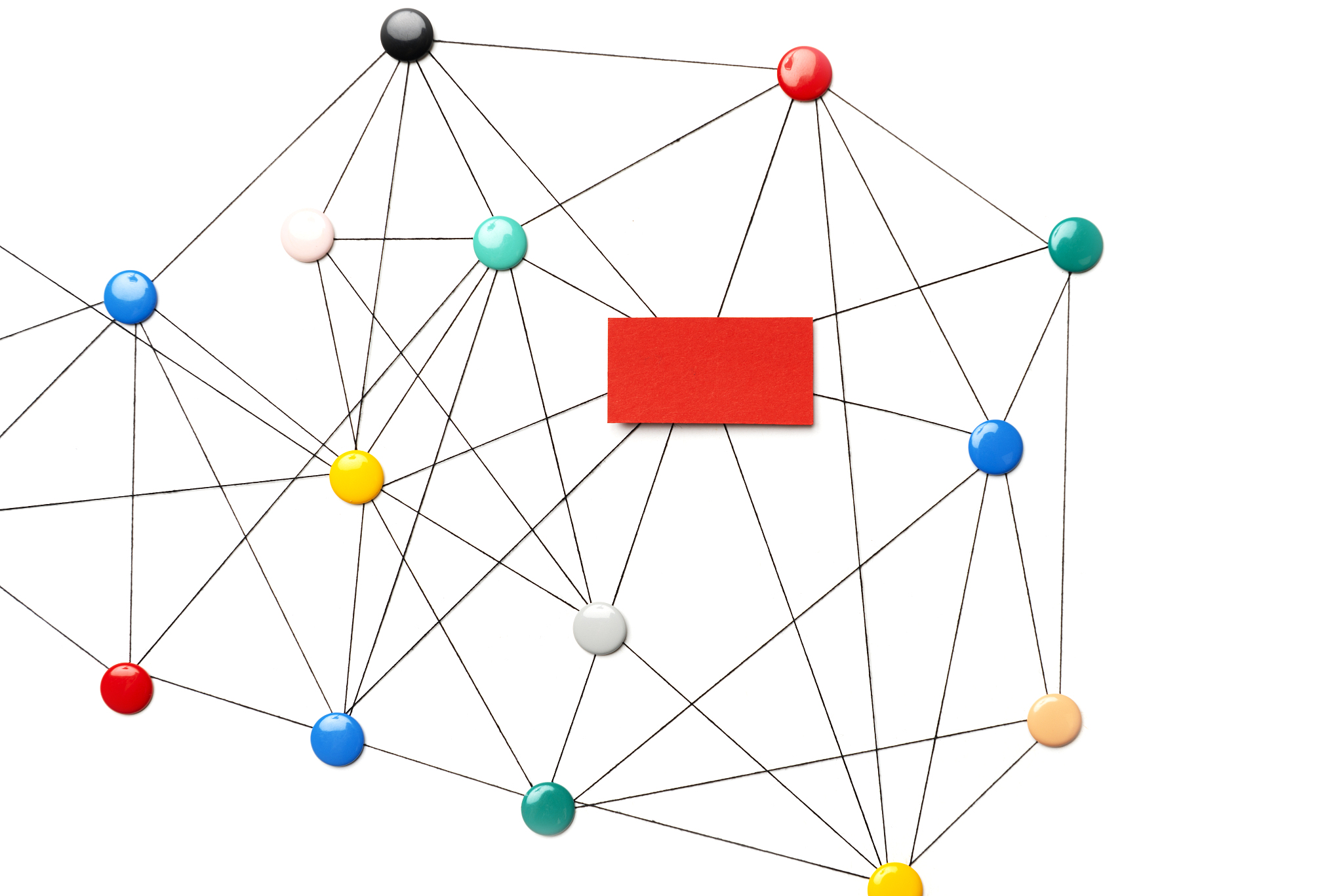JavaScript地图点聚合:四叉树与网格聚合算法实战
JavaScript地图点聚合:四叉树与网格聚合算法实战
在处理大量地图点位时,点聚合是提升地图性能和用户体验的关键技术。本文将介绍两种常用的JavaScript地图点聚合算法:四叉树和网格聚合,并提供详细的代码示例,助您快速上手。
1. 四叉树算法
四叉树是一种高效的空间索引结构,非常适合用于地图点聚合。它将地图区域递归地划分为四个象限,直到每个象限包含的点位数量低于预设阈值。
**代码示例:**javascriptclass Quadtree { constructor(bbox, capacity) { this.bbox = bbox; // 当前节点的边界框 this.capacity = capacity; // 节点容量 this.points = []; // 存储当前节点的点位 this.quadrants = []; // 存储当前节点的四个象限 this.isDivided = false; // 标记当前节点是否已经划分 }
subdivide() { const x = this.bbox.x; const y = this.bbox.y; const w = this.bbox.width / 2; const h = this.bbox.height / 2;
// 创建四个子象限,并初始化 this.quadrants.push(new Quadtree(new BBox(x, y, w, h), this.capacity)); this.quadrants.push(new Quadtree(new BBox(x + w, y, w, h), this.capacity)); this.quadrants.push(new Quadtree(new BBox(x, y + h, w, h), this.capacity)); this.quadrants.push(new Quadtree(new BBox(x + w, y + h, w, h), this.capacity));
this.isDivided = true; }
insert(point) { if (!this.bbox.contains(point)) { return false; // 超出当前节点范围,插入失败 }
if (this.points.length < this.capacity) { this.points.push(point); // 将点位插入当前节点 return true; } else { if (!this.isDivided) { this.subdivide(); // 如果当前节点未划分,则进行划分 }
// 将点位插入子象限 for (const quadrant of this.quadrants) { if (quadrant.insert(point)) { return true; } } }
return false; // 插入失败 }
query(bbox) { const result = [];
if (!this.bbox.intersects(bbox)) { return result; // 当前节点边界框与查询边界框不相交,返回空结果 }
// 将与查询边界框相交的点位加入结果 for (const point of this.points) { if (bbox.contains(point)) { result.push(point); } }
if (this.isDivided) { // 递归查询子象限 for (const quadrant of this.quadrants) { result.push(...quadrant.query(bbox)); } }
return result; }}
class BBox { constructor(x, y, width, height) { this.x = x; this.y = y; this.width = width; this.height = height; }
contains(point) { return ( point.x >= this.x && point.x <= this.x + this.width && point.y >= this.y && point.y <= this.y + this.height ); }
intersects(bbox) { return !( this.x + this.width < bbox.x || bbox.x + bbox.width < this.x || this.y + this.height < bbox.y || bbox.y + bbox.height < this.y ); }}
// 假设您已经有了点位数据,存储在一个名为 markers 的数组中const markers = [ { id: 1, x: 10, y: 10 }, { id: 2, x: 20, y: 20 }, // 其他点位...];
const bbox = new BBox(0, 0, 100, 100); // 地图区域的边界框const capacity = 4; // 每个节点的容量const quadtree = new Quadtree(bbox, capacity);
// 将点位插入四叉树for (const marker of markers) { quadtree.insert(marker);}
// 查询指定范围内的点位const queryBBox = new BBox(5, 5, 15, 15);const queryResult = quadtree.query(queryBBox);console.log(queryResult);
2. 网格聚合算法
网格聚合算法将地图区域划分为固定大小的网格,并统计每个网格内的点位数量。如果网格内的点位数量超过预设阈值,则将这些点位聚合成一个聚合点。
**代码示例:**javascriptclass GridCluster { constructor(bbox, gridSize, threshold) { this.bbox = bbox; // 当前网格单元的边界框 this.gridSize = gridSize; // 网格单元大小 this.threshold = threshold; // 聚合阈值 this.grid = new Map(); // 存储点位数量的网格单元 }
getGridKey(x, y) { return ${x}_${y}; }
addToGrid(point) { const gridX = Math.floor((point.x - this.bbox.x) / this.gridSize); const gridY = Math.floor((point.y - this.bbox.y) / this.gridSize); const gridKey = this.getGridKey(gridX, gridY);
if (this.grid.has(gridKey)) { this.grid.set(gridKey, this.grid.get(gridKey) + 1); } else { this.grid.set(gridKey, 1); } }
cluster() { const clusters = [];
// 遍历网格单元 for (const [gridKey, count] of this.grid) { if (count >= this.threshold) { const [gridX, gridY] = gridKey.split('_').map(Number);
// 根据网格单元计算聚合点位置 const clusterX = this.bbox.x + (gridX + 0.5) * this.gridSize; const clusterY = this.bbox.y + (gridY + 0.5) * this.gridSize;
clusters.push({ x: clusterX, y: clusterY, count: count, }); } }
return clusters; }}
// 假设您已经有了点位数据,存储在一个名为 markers 的数组中const markers = [ { id: 1, x: 10, y: 10 }, { id: 2, x: 20, y: 20 }, // 其他点位...];
const bbox = new BBox(0, 0, 100, 100); // 地图区域的边界框const gridSize = 10; // 网格单元大小const threshold = 2; // 聚合阈值const gridCluster = new GridCluster(bbox, gridSize, threshold);
// 将点位添加到网格单元for (const marker of markers) { gridCluster.addToGrid(marker);}
// 进行聚合const clusters = gridCluster.cluster();console.log(clusters);
总结
四叉树算法和网格聚合算法都是常用的地图点聚合算法。四叉树算法更加灵活,适用于点位分布不均匀的情况,而网格聚合算法更加简单易懂,适用于点位分布相对均匀的情况。您可以根据实际需求选择合适的算法。

原文地址: https://www.cveoy.top/t/topic/RAb 著作权归作者所有。请勿转载和采集!